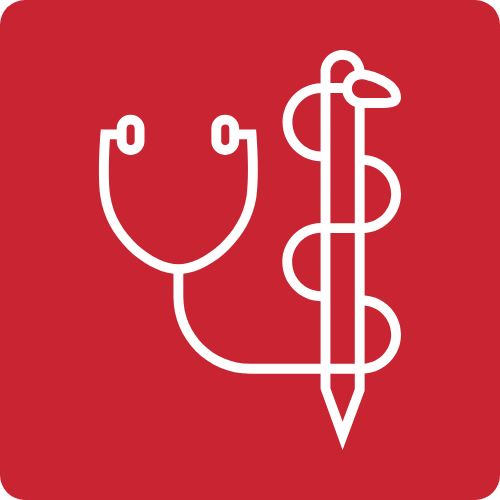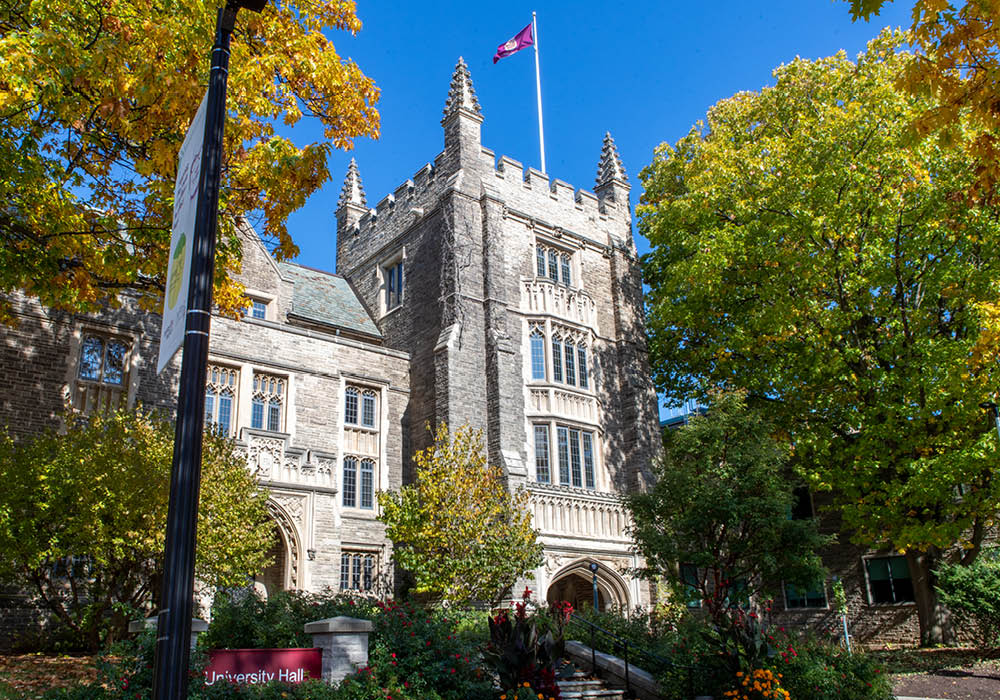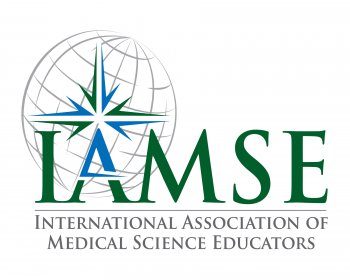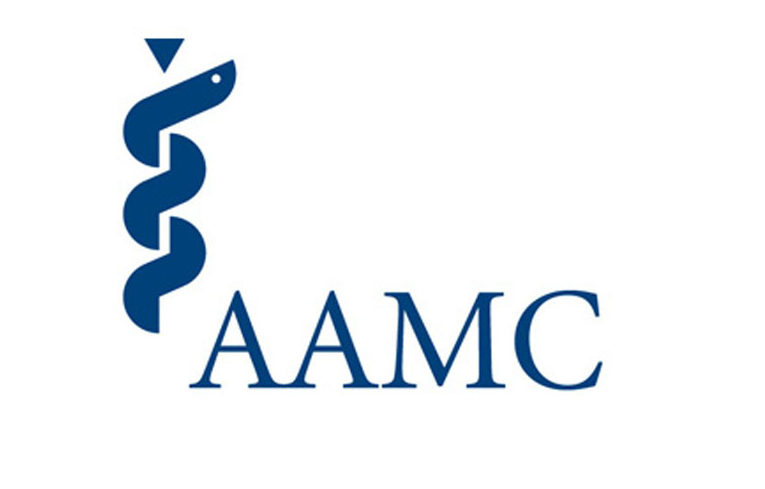Medical education has undergone significant transformations throughout history, shaping the way healthcare professionals are trained and prepared to meet the ever-evolving challenges of medicine. The institutionalization of medical education was a fundamental milestone in ensuring a standardized and comprehensive approach to the training of future doctors.
Background
The institutionalization of medical education has its roots in the need for a structured and regulated system of training medical professionals. In the past, medical knowledge was often imparted through apprenticeships or informal learning methods, lacking standardization and consistency. The establishment of medical schools and the formalization of medical education curricula helped ensure that aspiring doctors received a well-rounded education that included both theoretical knowledge and practical skills.
The institutionalization of medical education has several significant consequences. First, it ensures that all medical graduates have a common foundation of knowledge and competence, thereby promoting consistency in the quality of healthcare provided to patients. Second, it facilitates the advancement of medical research and innovation by providing a platform for the exchange of ideas and collaboration between health professionals. Last but not least, it enables the development of specializations and sub-specializations, which enables concentrated expertise in various areas of medicine. It is also necessary to constantly work on the topic of medical education as an individual agenda of the medical faculty and to systematically support educational efforts based on the best practices from home and the world, which are based on rigorous research.
Historical view and milestones
The history of institutionalized medical education goes back several centuries. One of the first known medical schools was the School of Salerno in Italy, which gained prominence in the 9th century. However, it was not until the 18th and 19th centuries that medical education began to take on a more structured form.
In the United States, the Flexner Report of 1910 represented a major milestone in the reform of medical education. Abraham Flexner, an educator, conducted a comprehensive review of medical schools in North America and found that many of them are substandard. His administration led to the closure of many inadequate medical schools and the introduction of higher standards of medical education, including the integration of basic science and clinical training.
The 20th century saw further advances in medical education, such as the introduction of problem-based learning (PBL) and the incorporation of technologically enhanced learning methods. Pioneered by McMaster University in Canada, PBL has shifted the focus from traditional didactic lectures to small-group, student-centered learning that promotes critical thinking and problem-solving skills.
Key stakeholders
The institutionalization of medical education involved the collaboration and contributions of various stakeholders. Medical schools, universities and teaching hospitals have played a key role in providing the infrastructure and resources needed to train future doctors. Accreditation bodies such as the Liaison Committee on Medical Education (LCME) in the United States have been instrumental in setting and maintaining standards for medical education programs.
Professional organizations such as the Association of American Medical Colleges (AAMC) and the World Federation for Medical Education (WFME) have also been key players in shaping the medical education environment. These organizations provide advice, support and platforms for collaboration between health educators worldwide. Likewise, professional platforms that bring together people involved in medical education, such as the International Association for Health Professions Education (AMEE) and the International Association of Medical Science Educators (IAMSE) have contributed to the networking of professionals, the development of research in medical education and the dissemination of knowledge, skills, attitudes and best practices. practices.
In the academic year 2024/2025, the Faculty of Medicine, Pavol Jozef Šafárik University in Košice, is an institutional member of the International Association of Health Professions Education (AMEE). LF UPJŠ will also have a delegation to the largest medical education conference, organized by AMEE, which will be held at the end of August in Basel, Switzerland.
The institutionalization of medical education has undergone a transformative journey shaped by historical milestones, key stakeholders, and the evolving needs of the healthcare environment. By providing a structured and comprehensive approach to the education of future physicians, institutionalized medical education has played a key role in ensuring the delivery of high-quality health care to patients worldwide. As the field of medicine continues to advance, the institutionalization of medical education remains an ongoing process that adapts to new challenges and opportunities in the pursuit of excellence in health care education and practice.













